Most monitors have a built-in speaker, so they can produce noise without having to use external speakers.
However, the quality of these built-in speakers can often be quite bad, and if you will be using the audio with your monitor often, it is worth investing in speakers.
Nowadays, you can buy dedicated speakers quite inexpensively and these will have much better audio than a built-in option.
And you can also invest in more expensive speakers which will have more luxury features and will have amazing results.
But with these devices, there comes the process of setting them up, and this can be quite a confusing process, especially if you are not experienced in setting up and connecting technology.
So this guide will talk you through all the steps needed to set up and connect a speaker to a monitor and how to get the best results!
What Type Of Speaker Are You Using?
With speakers that are connected to devices, there are two main types that are popular at the moment; wired and wireless.
Wired are the most popular computer speakers as the connection they have is kept even when the devices are turned off, and often with wireless devices you will need to reconnect them whenever you turn the monitor on and off, which can be inefficient and annoying.
Also, wired speakers are much less likely to have delays in audio and do not need recharging as a lot of wireless choices do as many of them run off of an internal battery instead of a mains connection.
There are two main types of wireless speakers that are currently popular, Bluetooth and Wi-Fi. Both have their pros and cons, but mainly cons when it comes to being a monitor speaker.
For example, Bluetooth is not the strongest wireless connection and these devices often need recharging, and Wi-Fi speakers, while usually relying on a mains connection, will stop working when the Wi-Fi in your house is down, which can of course be frustrating.
These reasons are enough to justify choosing a wired speaker over a wireless speaker for a monitor. However, wireless speakers tend to be more multifunctional, and if you already have one, they are usable with monitors.
How To Connect A Wired Speaker To A Monitor
Before you do anything to any of your devices, make sure they are all fully turned off. While you can do this process with devices turned on, it is not recommended and can damage the electronics you are working with.
Once you have all of your devices turned off you can begin to set up your speaker.
While we can give general advice here, the best advice we can give is to at least attempt to consult the instruction manual, or more often nowadays, ‘quick-start guide’ to see what your speaker needs to be set up.
Sometimes these guides can be quite unhelpful, choosing a minimalist diagram approach without text or the opposite by overcomplicating with too much text. Even so, it is worth seeing how this guide suggests setting up the device, especially when it comes to connecting the speakers.
If you have lost the guide or instructions for your speakers, check every surface of your speaker to look for a product name or even a product code.
After searching this you should be able to find a forum or a document that has been immortalized online for people like yourself who have lost your original copy.
Many wired speaker sets come with multiple components which can make them quite confusing, but generally they will include 2 main speakers usually labeled left and right for going either side of your monitor, a power block and connective cables.
More mid-range to higher-range speakers will include a subwoofer, a third speaker that sits on the ground that gives your audio more bass.
Before you begin connecting anything to your monitor, make sure that all parts of the speaker set are connected with the correct cables. Usually these cables are color coded to make this step of the process not too confusing.
Also try your best to keep cables untangled as this will make arranging the speakers a lot more difficult. Make sure every cable is connected correctly, usually the leftover cable for connecting to the monitor will be a 3.5 mm jack.
Once everything is connected, place the speakers where you want them surrounding your monitor, try to have the left and right speaker pointing the correct way, have the subwoofer on the floor, not on the desk, and try to make the volume control easily accessible.
When first setting up the device it is advised to keep the volume off as it can create some loud feedback when turning on.
After this step connect the power block to your mains and turn it on, and after this you can connect the speakers to the device you are using them on.
If you are using your speakers for a PC, some people recommend connecting the speakers to the PC instead of the monitor as it can eliminate any chance of delay.
But I personally prefer connecting the speaker to the monitor as this connection is usually easier to access, and also if you use the monitor for multiple devices (e.g. a games console and a PC) the audio will stay with the monitor instead of being tethered to the device it is connected to.
The connector is usually located on the back of the monitor and should plug in easily. Once you are sure this is securely connected you can turn on your monitor and test the audio.
If you are not hearing feedback there are a few things you can check:
- Are the speakers turned on
- Is the volume turned up
- Check the monitor settings to see if it is connected to an audio output
- Check the setting of the connected device to see if it is connected to an audio output
- Try restarting the device
If these steps do not work it is worth contacting the manufacturer or distributor to see if there are any more specific issues that need addressing.
How To Connect A Wireless Speaker To A Monitor
This can be a trickier process as you will either need to have a Bluetooth or Wi-Fi speaker compatible monitor, or have the monitor connected to a device that is Bluetooth or Wi-Fi speaker compatible.
Similarly to a wired connection, make sure that the speaker is set up with accordance to the specific instructions.
For a Bluetooth speaker you will usually need to make the speaker available to pair and have your connected device searching for Bluetooth devices to pair with.
There are default ways to connect a Wi-Fi speaker, but they usually require installing a third party app so make sure your device is able to install this app before purchasing.
Final Thoughts
So this has been how to connect a speaker to your monitor. This is one of the easier steps in setting up a monitor but as you have seen in this guide, there is a lot that can go wrong, so make sure to follow this advice and keep to the instructions which are given with your speakers!
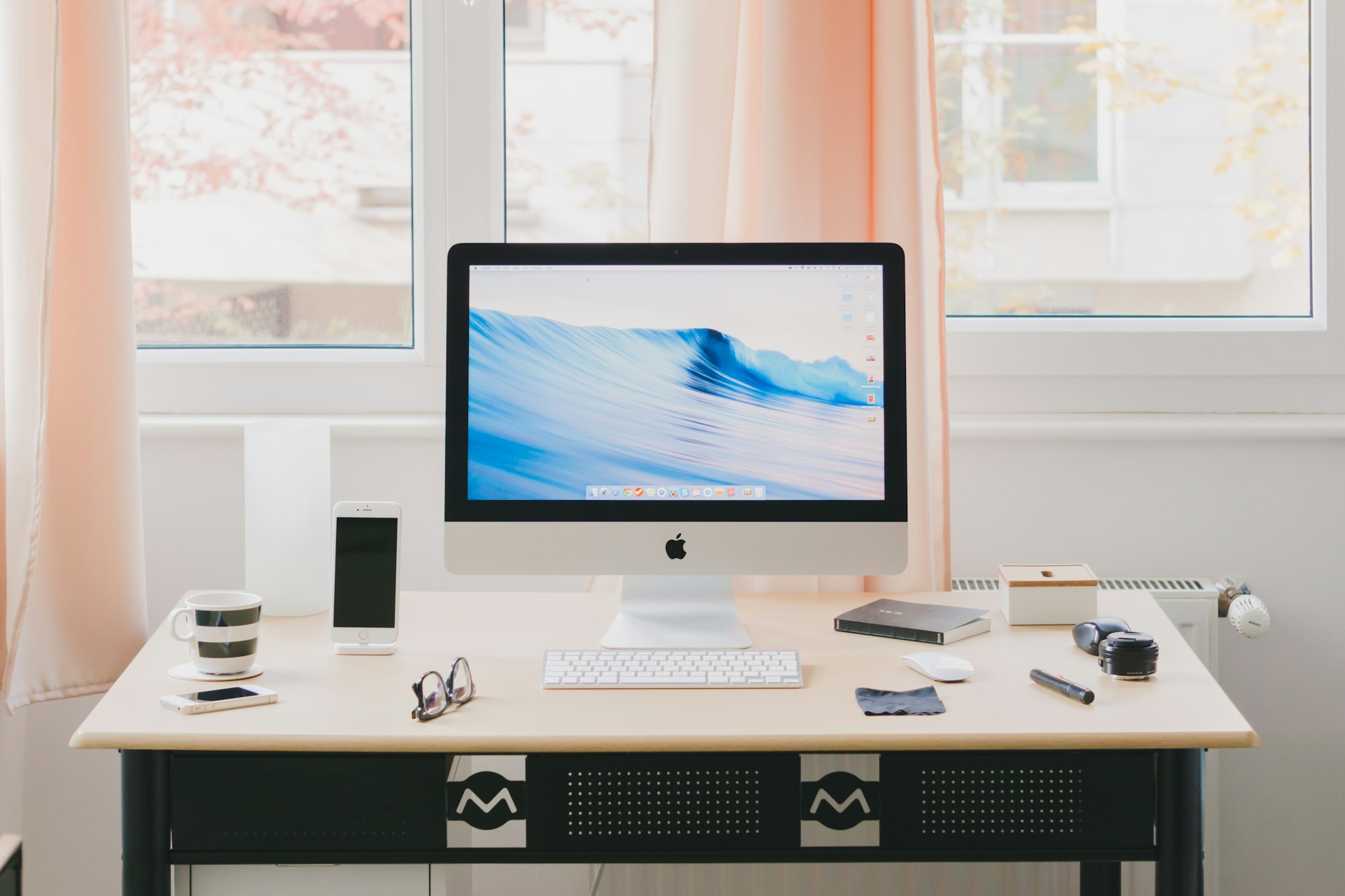


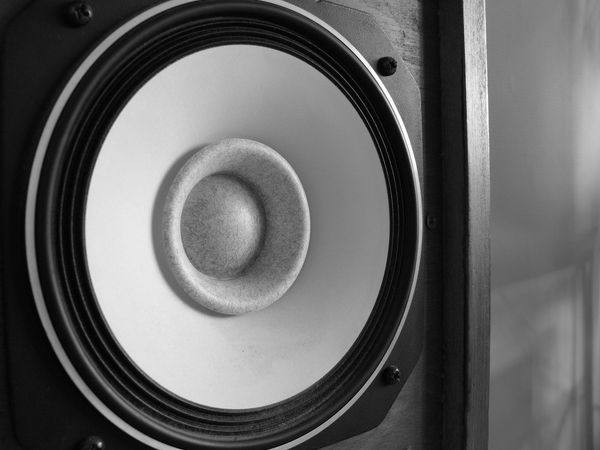
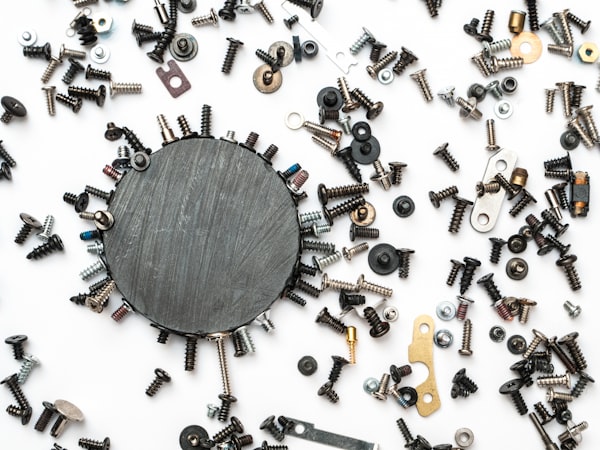
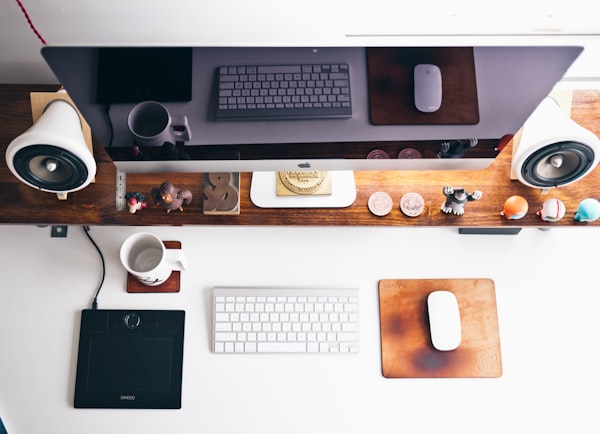
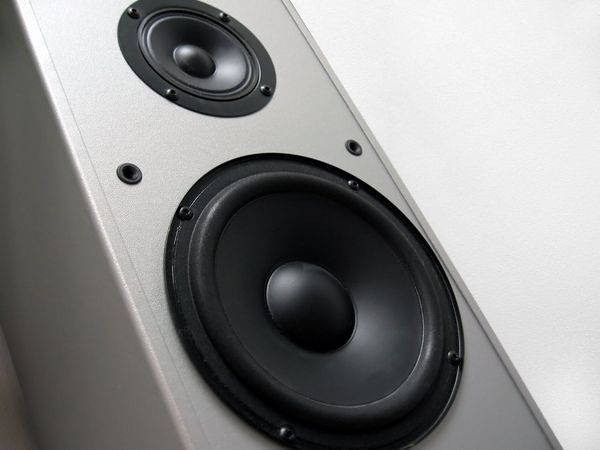

Member discussion